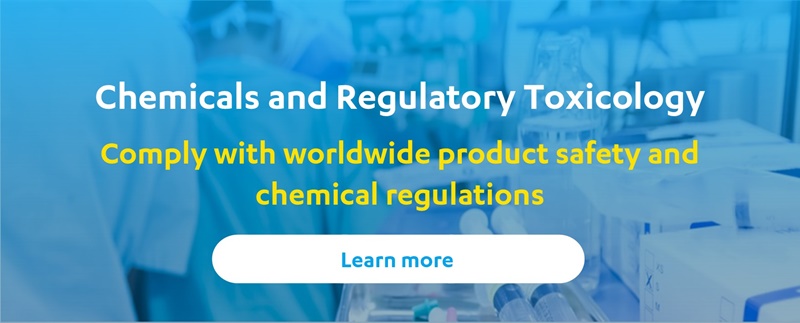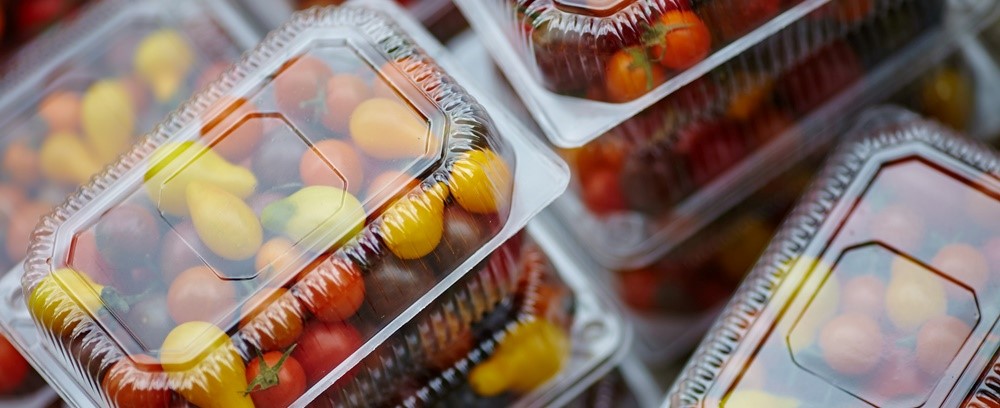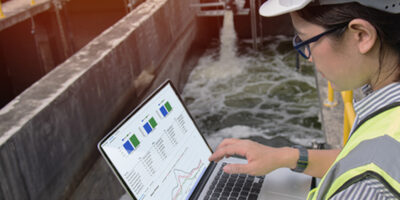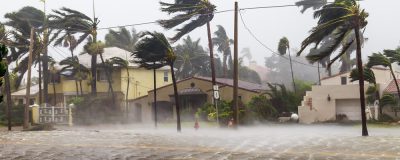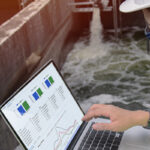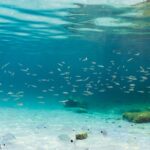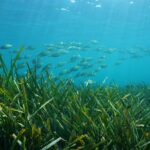A vast amount of the plastic that is produced for packaging purposes is used for storing food. Considering both the waste generated and the resources spent to produce packaging, it is only common sense to recycle some of this plastic for new food packaging. Moreover, circular economy is a focal point in the EU, and in 2025, the extended producer responsibility should result in more recycling.
There are strict regulations of materials – including plastic – that come into contact with food. As such, there are some obstacles to overcome before recycled plastic is suitable for reuse as food contact material.
One critical hurdle is the disposal phase where food plastic packaging is mixed up with plastic for multiple uses. This may cause contamination of the plastic and impact on the manufacture of regenerated plastic. If packaging, for instance, has been used to contain detergents or personal care products, the plastic may not be suitable for reuse as food contact material.
Next, you have to consider the amount of possible chemical substances in plastic packaging. Swiss researchers have identified 906 different substances that are likely to appear in plastic packaging. Of these 906 substances:
- 63 substances are hazardous to health
- 68 substances are hazardous to the environment
- 7 substances are included on the EU list of substances that are very persistent, bioaccumulative and toxic substances (PBT) or very persistent and very bioaccumulative (vPvB)
- 15 substances are endocrine disrupting chemicals (EDC)
Plastic packaging may, however, include more than 3,370+ other substances.
But knowing the challenges is also the way forward to overcome them.
The legal requirements
In the EU, regenerated plastic must comply with the REACH chemicals regulation. This means that the regenerated plastic must not contain substances that are on the Authorisation List, and thus subject to authority approval for use, or substances classified as substances of very high concern (SVHCs). SVHCs are substances that are included on the REACH Candidate List and likely to face future restrictions on use.
If the plastic is intended for food contact, the recycling process must be approved by the EU Commission after an assessment by the European Food Safety Authority (EFSA) and the efficiency of removal of contaminants must be proven.
Documentation of the recycling process
For food contact purposes, the recycling process must be thoroughly documented. Producers are required to keep close track of waste sources and subject their processes to a challenge test. The recycling process must be pre-approved by the European Commission. So far, EFSA has evaluated some 100 recycling processes favourably but as yet, the Commission has not published its list of approved processes.
Further tips for easier reuse of plastic
To facilitate sorting of waste and to advance the manufacture of recyclable plastic, producers are recommended to:
- use only one material for food packaging, such as PET, PP or PE
- avoid glues and adhesives, which are difficult to get rid of and which contribute to contamination
- not to use colouring
- avoid individual components in the packaging
Though recycling for food contact still needs development and the regulation is not fully in place, innovative producers are already using recycled plastic for food packaging. The most common form of reused plastic is to apply a layer of co-extruded virgin PET on the inside to act as a barrier between the food and the reused plastic packaging.
At DHI, we can predict which chemical substances can pose a problem. We aid the process of developing recycled materials by modelling and calculating the migration of substances into the recyclables. In addition to food, it also includes migration of substances from recycled plastics into water, cosmetics, pharmaceuticals and the environment during intended use.
